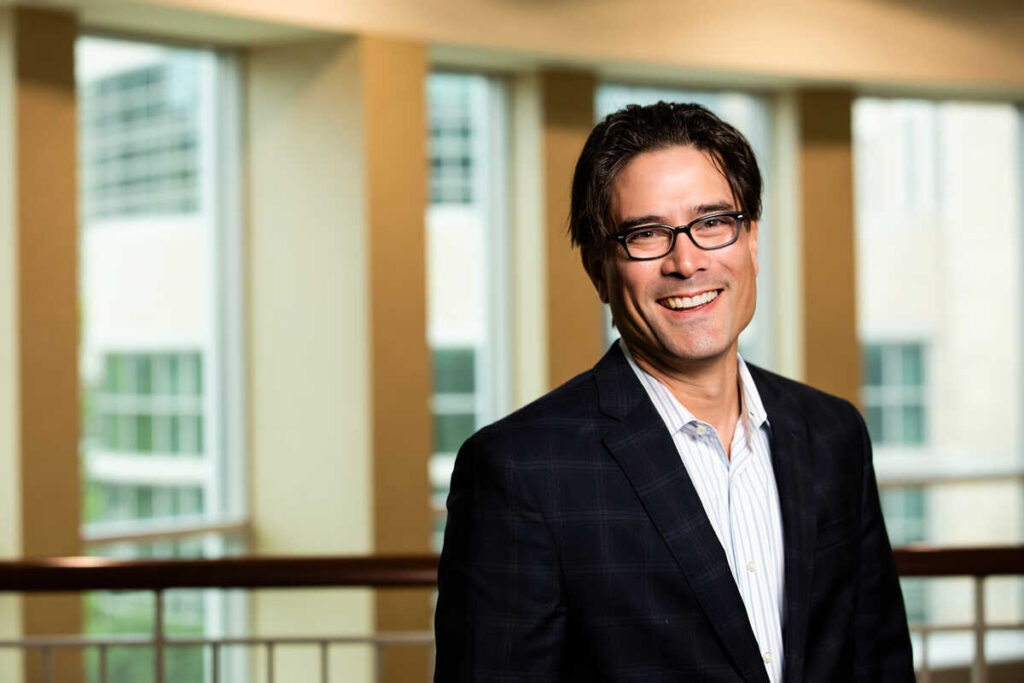With the recent news that U.S. college students had wrung up an overwhelming $1 trillion in loans, the need for scholarships as the bedrock of financial aid packages has never been more obvious.
It can be daunting for a student and her parents to consider a package that includes $10,000 a year in scholarships and $10,000 in student loans because of the potential debt load after four years. If she goes to work in a small-market television newsroom, she’ll likely make $30,000 or less a year. A monthly loan payment of even $200 will put a big dent in her budget.
When Baird Helgeson graduated from St. Thomas in 1995, he accumulated a modest $20,000 worth of student loans. But he took a reporting job at The Minot Daily News in North Dakota and his annual salary was an even more modest $17,000.
“I was putting out $200 a month to repay those loans,” Helgeson said. “And that was almost half of what I was paying in monthly rent. I recall those were really difficult days.”
Helgeson, now a reporter for the Minneapolis Star Tribune (his work is frequently on Page 1A), is still making student loan repayments. He’s married with two boys and not yet thinking about how to pay for their college.
But he’s sure of two things: They’ll have to work and they’ll need help.
President Obama offered relief when he announced a plan to allow some college graduates to limit federal student loan repayments to 10 percent of discretionary income starting in January. Administration officials claimed the accelerated “pay as you earn” option could cut payments for some student debtors by as much as $200 a month.
The basics of financial aid at St. Thomas, where 83 percent of students receive some, include a combination of scholarships, grants, loans and work-study employment. Scholarships and awards are based on academic merit and financial need and are given to more than 95 percent of incoming freshmen; the awards range from $1,000 to $20,000 a year per student.
St. Thomas also awards more than $2 million annually in community scholarships, given by local foundations, agencies, corporations, clubs and parents’ employers.
One of the goals of the Opening Doors capital campaign is to provide more scholarships, some from donors who are pledging cash from their estates. St. Thomas has raised nearly $92 million for scholarships, which are the campaign’s largest priority at $130 million.
One of those scholarships will be from me. I’m neither rich nor a role model. Hardly. But I see enough of these kids – OK, students – to know how deserving they are and how much a small scholarship helps.
I recall an early-morning reporting class and a young man who would occasionally nod off during the period. I liked him; he could write well and, when wide awake, he had some real insights about journalism and the human condition. One day when he fell asleep, I unloaded on him in front of the rest of the class.
When class was over, he hung back. I remember exactly what he said. “I’m sorry that I sometimes fall asleep,” he said, “but I’m working two jobs to pay for school.” One of them was as a night security guard, working from 11 p.m. to 4 a.m. Monday through Friday.
I cut him a little slack after our talk. And he managed to stay awake – and earn a B+.






